We grow garden decoration - clematis
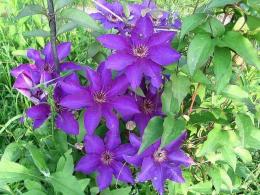
Flowers, whose name is Clematis, exist in two types. The first of them includes plants that have small flowers up to 5 cm, and the second - flowers up to 15 cm. The species with small inflorescences is very unpretentious in cultivation and care, resistant to dry weather, and is not afraid of cold weather, unlike the species with large ones. flowers. But it is grown more rarely than the latter. Small-flowered clematis comes in a variety of shades. The colors are white, blue and yellow. This plant blooms at the end of June. Ideal for growing in Japanese gardens.
Content:
How to plant Clematis?
The most favorable period for planting this plant is spring. The shoots during this period are still small and have not grown much. Planting can also take place in August or September, which is also possible, but it is better to plant earlier. The ideal place for Clematis to grow is in a well-lit area where there are no strong winds. The flower should be planted so that its root is located in the shade and its shoot is in the sun. This will lead to good flowering of the plant.
On what soils does Clematis grow? The most favorable soil for these flowers is high clay content or loamy soil. The main thing is that it is sufficiently loose and drained with a normal level of humidity.
Before planting the plant, it is necessary to carefully prepare the holes.Their size should be no more than 70 cm in length, width and height. Several buckets of compost or humus should be placed in the hole, as well as about 200 grams of wood ash and about 3 tablespoons of granulated superphosphate. If the soil is acidic, fill the soil with dolomite flour in a volume of no more than 100 grams. It is recommended to plant the plant not in the lowlands, but on a slight hill. When Clematis is planted, it is necessary to plant its root system as low as possible. If this is a young plant, then the root needs to be deepened by 10 cm, and if it is older - by 15 cm. After all this, Clematis should be watered with water.
How to care for Clematis?
You should regularly water the plant, add fertilizers to the roots, and mulch the bud. We should not forget about keeping the mail around the flower constantly moist; the plant does not like drought. You should water little by little, but as often as possible. When a flower produces buds or blooms, watering during this period should be more thorough. If Clematis has large flowers and is more than 5 years old, it needs to be watered so that the water can wet the ground to a depth of about 70 cm.
If the plant receives little moisture, it will suffer, which will negatively affect its foliage. In this case, Clematis flowers will be small, and the foliage will lose its bright and rich green color.
The above plant grows quite quickly, so you should not forget about strengthening its stems. For example, in a Japanese garden they are secured with a bamboo fence. When weaving along such a fence, the shoots of plants should not intertwine with each other. All low-quality stems should be removed.In summer, when the weather is hot, you definitely need to pay special attention to mulching the soil. It can be carried out using sawdust, mown grass or humus. These substances should be placed near the plant stem in a not too large layer, the thickness of which should be about 6 cm.
How to feed Clematis?
During the entire growing season, the plant needs to be fed about 4 times. The first time you need to fertilize is at the end of spring. It is carried out in the following way. 1 tablespoon of urea and 1 liter of liquid mullein must be diluted in a bucket of water, the volume of which is 10 liters. The next feeding should be done when the plant is not yet blooming, but this moment is already close. In this case, 1 tablespoon of Agricola-7 and the same spoon of potassium sulfate should be diluted in a bucket of water. The third feeding of Clematis is carried out after the plant has flowered. In this case, 2 tablespoons of any fertilizer are diluted in a 10-liter bucket. For example, “Agricola-7” or “Flower”. It is recommended to carry out the last fertilizing at the very end of plant growth. In the same amount of water, dilute 2 tablespoons of “Agricola for plants that bloom” and 1 tablespoon of superphosphate and potassium sulfate.
Fertilizer consumption per plant should be no more than 10 liters.
How to prepare a plant for wintering? Mid autumn Clematis should be trimmed, leaving only a shoot no more than 20 cm long. Humus or dry peat should be placed under the root, and the flower should be covered with a box on top and covered with sawdust. Instead of sawdust, you can use dry leaves or peat. On top of all this you need to lay a film of polyethylene, but do not forget to leave holes for air ventilation.If the frost is too severe, it can harm even a covered plant. If Clematis is frozen, it quickly returns to the desired shape, but it will bloom a little later after the cold weather.
How does Clematis reproduce?
The plant is propagated by layering, cuttings or by dividing bushes. The most common method is cuttings. In this case, cuttings must be taken from a plant that is about 4 years old. You need to cut the cuttings from the bush at a height of about 30 cm from the root. The cutting process must be carried out when the plant is not yet blooming. When the cuttings are planted in the soil, they should be placed in a mixture of peat and sand, and topped with a Heteroauxin solution. After this, Clematis needs to be sprinkled with water a little. In winter, the cuttings are covered with a box covered with leaves on top. The roots take root within a month. The very next year, such cuttings can be planted where they will grow in the future.

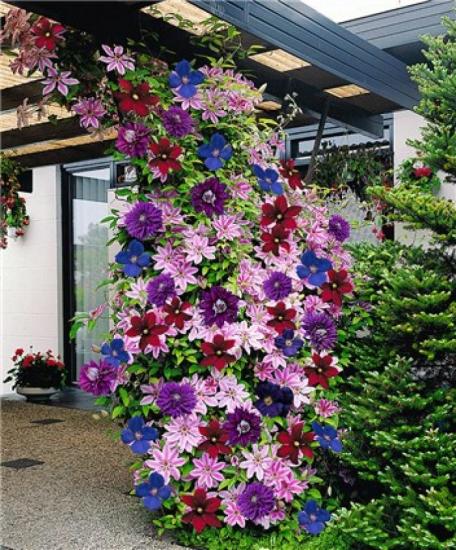
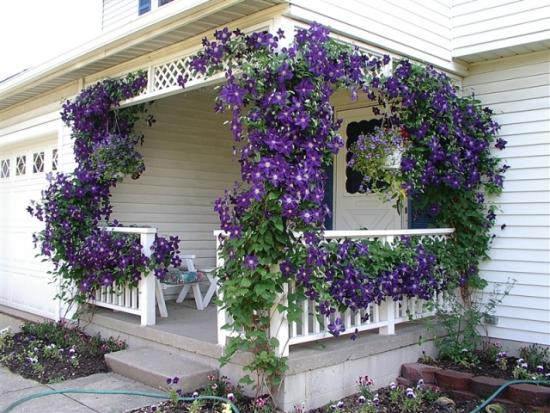


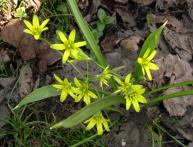
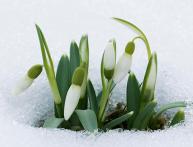
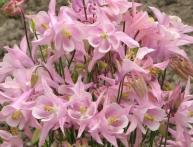

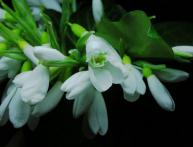
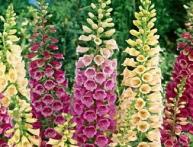
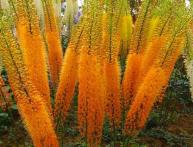
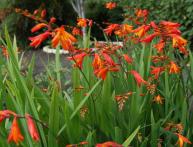
Comments
I remember the clematis near my grandmother’s house. A beautiful climbing plant that can be used to effectively decorate a gazebo, balcony, veranda, etc. Grandma can no longer take care of flowers, but before she collected everything she could from her garden. She didn’t particularly feed her with anything, except perhaps with her own love, and the sprouts and cuttings of even the most fastidious species of ornamental flora took root.
Although clematis is not fussy to care for, problems may arise with the choice of soil. The first time our clematis didn’t take root, but after we dug up the area, we added several buckets of new soil and fertilized it well, it took root and bloomed all summer, although there weren’t many flowers. I think that you still have to pay for the beauty of a flower.
A friend of mine is “sick” with clematis - she’s been trying to grow them for several years now, buying all sorts of different varieties, shaking over them, but for some reason they don’t take root well, many die. Only the most common one feels good - blue clematis.